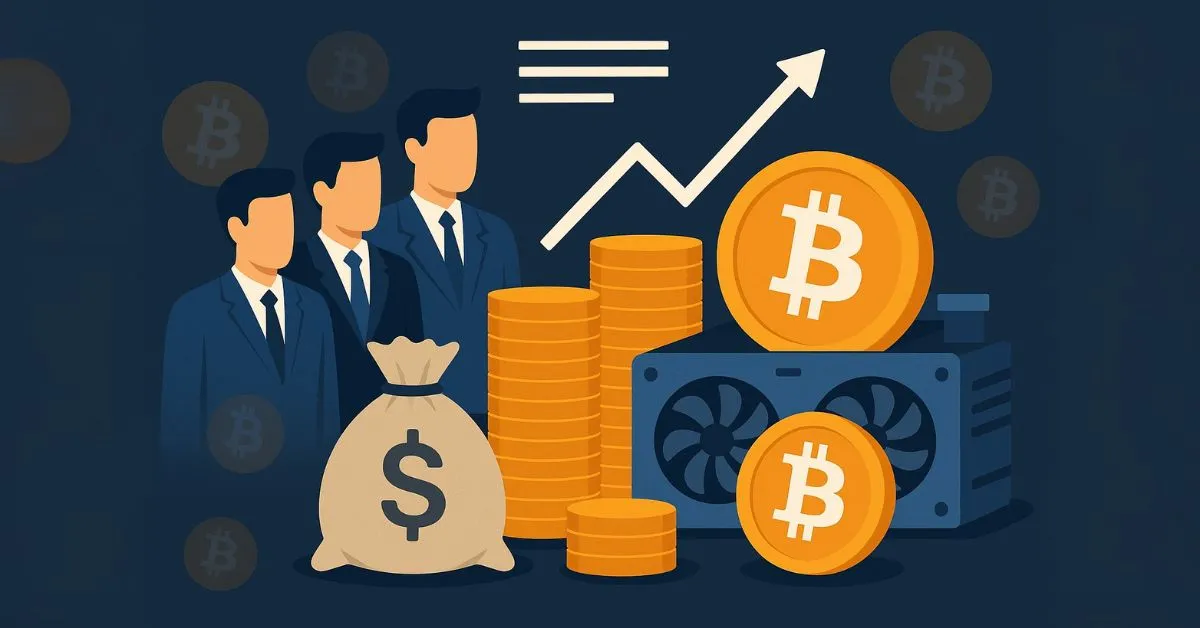
Bitcoin Supply Crisis: What’s Driving It?
1. Corporations are hoarding bitcoin – the scarcity race has started
Analyst Adam Livingston highlights that public companies now hold over 858,850 BTC (≈ $93B), accounting for more than 4% of total Bitcoin supply.
Leading this charge is MicroStrategy, employing a powerful “flywheel strategy”:
• Issue new shares
• Use proceeds to buy BTC
• Increase BTC per share
• Boost equity value
• Repeat the loop
This cycle not only strengthens corporate balance sheets but drains the liquid Bitcoin supply, making retail access increasingly difficult.
2. Miner supply is drying up
With block rewards halved to 3.125 BTC, and miners opting to hold instead of sell, new supply is shrinking fast.
This leads to a classic supply-demand crunch:
• Slower BTC issuance
• Soaring institutional demand
• Accelerated scarcity
3. Bitcoin exchange reserves at historic lows
Data from CryptoQuant shows that only 2.4 million BTC remain on exchanges. At the current institutional absorption rate, exchange reserves could be depleted within months.
As CFOs adopt BTC as a strategic reserve asset, retail investors may be sidelined without immediate action.
4. Is hyper-bitcoinization already here?
Livingston suggests this is more than a bullish trend — it's the start of hyper-bitcoinization, where Bitcoin overtakes fiat as the global store of value.
With clearer regulatory paths in the U.S. and Japan, more companies are adopting Bitcoin on their balance sheets as treasury assets.
5. What should investors do now?
Long-term holders: Consider steady accumulation (DCA) while BTC remains under $130,000.
Short-term traders: Follow ETF inflow data and RSI signals to time entries and exits smartly.